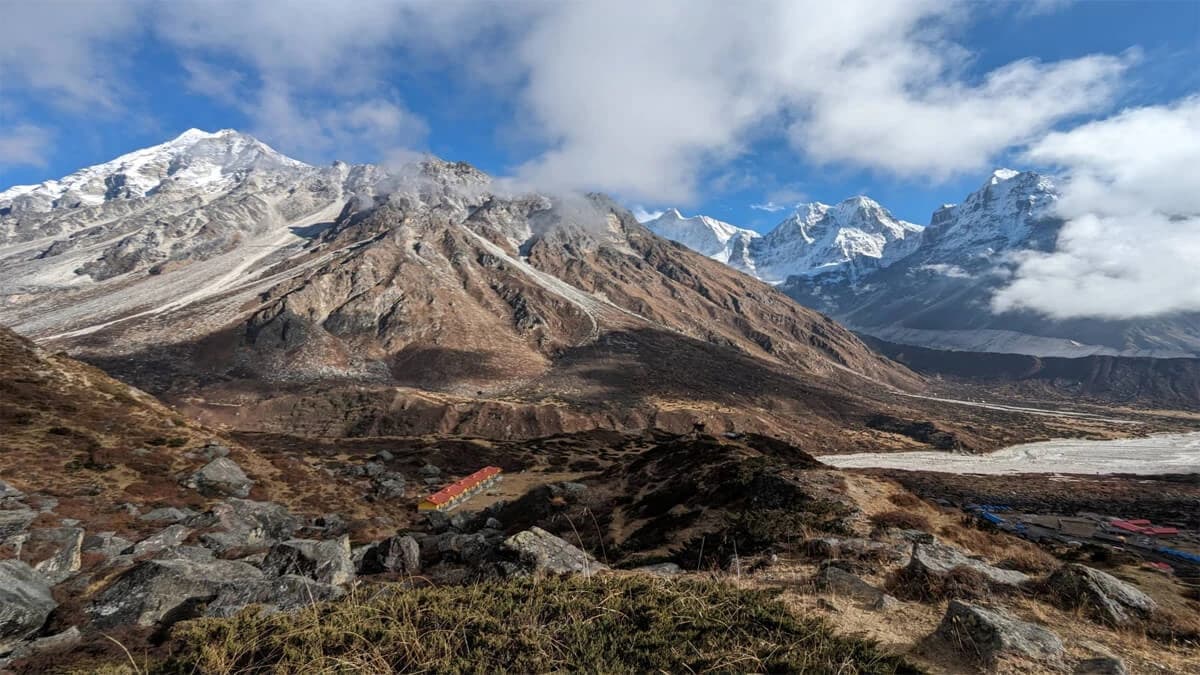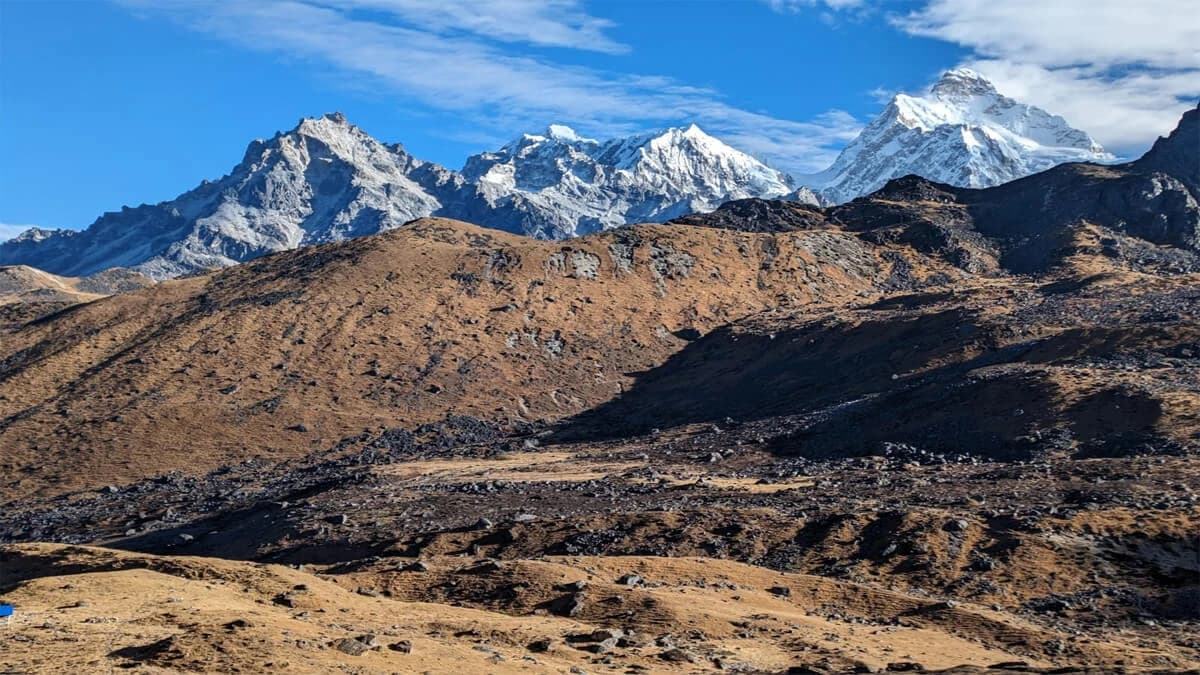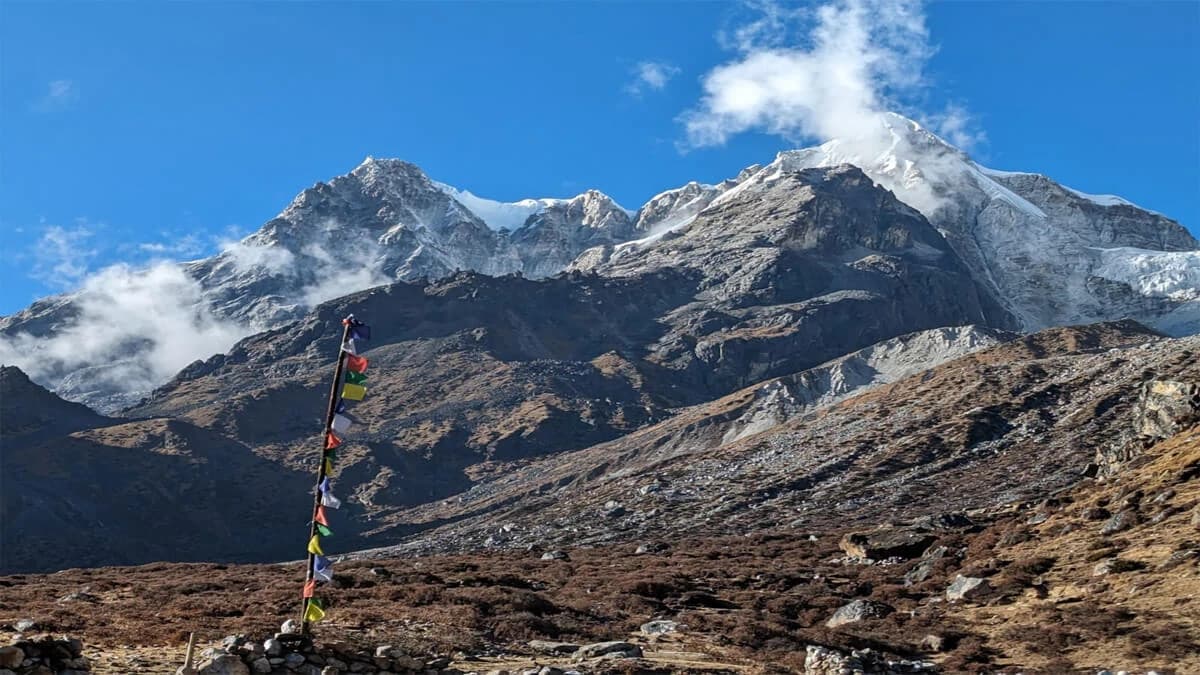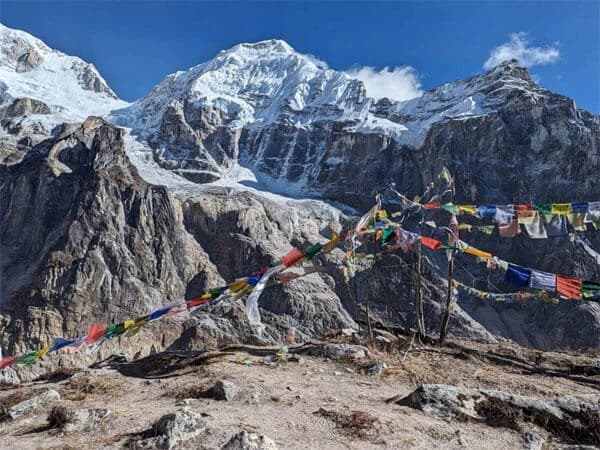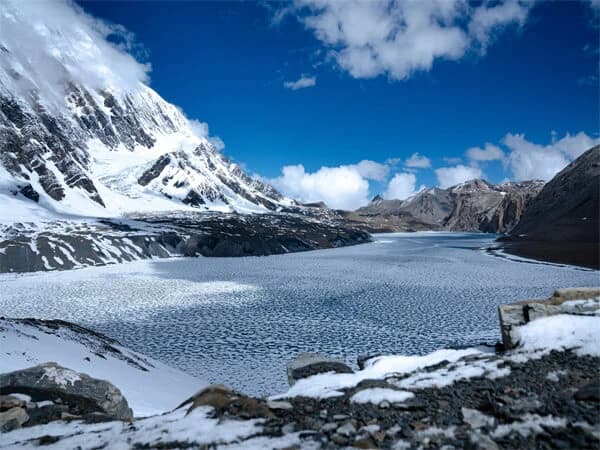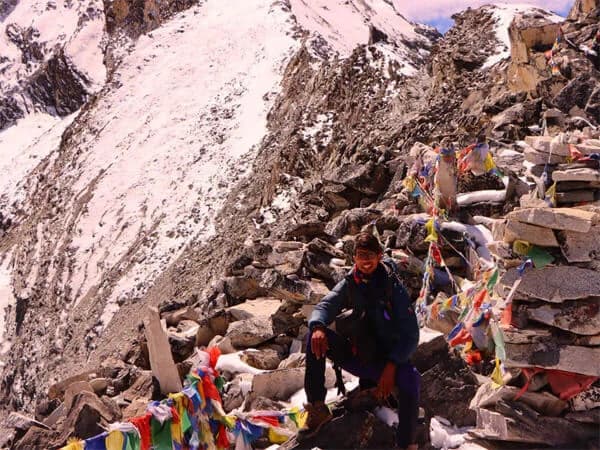Lumba Sumba Pass Trek Overview
Lumba Sumba Pass Trek is among the newly discovered trekking trails of Nepal. This trek was formally initiated in 2012 AD by the Trekking Agencies’ Association of Nepal (TAAN). This route takes you to the easternmost section of the Great Himalayan Trail (1,700 km) of Nepal. It connects Kanchenjunga region trekking with Makalu region trekking. Mt. Kanchenjunga (8,586 m) is the 3rd highest and Mt. Makalu (8,485 m) is the 5th highest peak in the world. They are 2 among the 8 eight-thousanders located in the Eastern Himalayas of Nepal.
Mt. Kanchenjunga lies between Nepal and Sikkim of India while Mt. Makalu lies in the Mahalangur Himalayan Range. Despite the cultural diversity and natural beauty, the Kanchenjunga Makalu trek was not very popular for a decade. However, due to the collective effort of the tourism agencies of Nepal, it is getting its popularity day over day.
This is one of the remote treks in Nepal that rewards you with unexplored natural beauty. Besides, the lifestyle, culture, and tradition of the Sherpa, Rai, and Tamang ethnic communities are still untouched by modern technology and tools. It is completely a camping trek in Nepal as there are not enough teahouses and lodges en route. You will get lifelong experiences of a complete wilderness in the Himalayas. For a few days, you will completely remain detached from the human settlement areas.
Kanchenjunga Conservation Area Project (KCAP) and Makalu-Barun National Park are encompassed in this trip. Lumba Sumba Pass (5,160 m) joins these two protected areas of Nepal. During the offbeat trip in Eastern Nepal, you will often encounter red pandas and snow leopards including some bird species.
Lumba Sumba Pass Trek Highlights
- Newly discovered trekking destination of Nepal
- Camping trekking along the remote area of the Himalayas
- Kanchenjunga Conservation Area and Makalu Barun National Park
- Close view of Mt. Kanchenjunga (8,586m) and Mt. Makalu (8,485m)
- Rai, Sherpa, Tamang ethnic villages as well as their lifestyle, culture and tradition
- Crossing Lumba Sumba Pass (5,160m)
- Scenic flights to begin and return to Kathmandu
Lumba Sumba Pass Trek Itinerary
The Lumba Sumba Pass Trek itinerary ranges from 16 days to 35 days. You know as this trek can be broken down into the Kanchenjunga Base Camp trek and Makalu Base Camp trek separately as well. Alternatively, you can also do Kanchenjunga South Base Camp and Kanchenjunga North Base Camp trek.
After visiting the Kanchenjunga region, you can do the Makalu Base Camp trek through Arun and Barun Valley. From Makalu region, you can also reach the Everest Base Camp trek by following the Great Himalayan Trail (GHT) of Nepal.
Kanchenjunga and Makalu regions are two of the ten major sections of the GHT Nepal. The Lumba Sumba Pass trek itinerary has been always to be customized in a mutual understanding between you and the trekking agency.
Therefore, you should consult with a local tour operator of Nepal to plan this trip. Among the local tour operators, Nepal Trekking Routes is always flexible to help its customers plan the right trek or tour package.
To decide on the right type of Lumba Sumba Pass trek itinerary, contact us without any hesitation. You can reach us via email, phone call, WhatsApp or online booking services as well. Choose the right medium at your convenience.
Lumba Sumba Pass Trek Cost
As there is enough room for customization, the Lumba Sumba Pass trek cost can also be different. First, the itinerary can go from 16 days to 35 days and even longer. The duration of the trek determines the cost of any trek or tour. Although you can drive to Taplejung from Kathmandu, it takes pretty much a long time. Therefore, you have to take domestic flights to begin and to return to Kathmandu after completing this trek. Domestic flights are comparatively more expensive than roadway transportation.
Likewise, since it is a completely camping trekking, you need to manage a crew containing different personnel. Numerous crew members have been to pay to organize a camping trek. However, the miscellaneous expenses have been controlled in this trek. It is so because there are no tea houses and lodges en route. You will have to compromise on the quality of food and accommodation. You will spend the nights at a tented camp by eating the food items prepared by the crew.
Lumba Sumba Pass Trek Map
Formally, the Lumba Sumba Pass Trek Map begins from Taplejung ending at Mitlung on the very first day. Then, you will continue the trip towards Chiruwa, Lelep, Ela Danda, and Seep Kharka. From Seep Kharka, you will trek to Olangchung Gola, which is the border between Eastern Nepal and Tibet. Then, you move towards Upper Langmale, Pass Camp, and reach Chaurikharka by crossing Lumba Sumba Pass (5,160 m).
Moving ahead, you will walk past Thudam, Kharka, Chyamthang, Hatiya, Gola and Gadhi. From Gadhi, you will catch a private jeep to drive to Khandbari and then Biratnagar. Finally, you will fly from Biratnagar to Kathmandu via a domestic flight.
Lumba Sumba Pass Trek Difficulty
To know about the Lumba Sumba Pass trek difficulty, you need to know some major aspects of this trip. Nepal Trekking hours, food and accommodation facilities, remoteness, condition of the trails, and type of trekking should be considered for this. More than anything else, altitude gain and sickness caused by these play a vital role as well.
Most of the trails and stopovers of the Lumba Sumba Pass trek lie above 4,000 m. As soon as you reach above 2,500 m, you may suffer from altitude sickness at any time. However, the experienced tour operator provides a professional team leader who is well-known about such possible threats. The precautions taken by the team leader will make this trek difficulty less problematic.
Next, you have to walk along the remote trails away from the human settlement areas for a few days. As the trail takes you along the dense forests of KCAP and Makalu Barun National Park, the threat of wild animals is also there. The snow leopards have often been noticed in this part of Nepal. Therefore, you should always walk in the group.
Walking for about 6/7 hours along the less maintained trails is a challenge in itself. As the Lumba Sumba Pass trek lies in a remote area, you won’t find teahouses and lodges en route. This means you don’t easily get food and accommodation facilities during this trek. In most of the trekking duration, you have to pack some ready-made food in the backpack. Finally, crossing a Himalayan pass above 5,000 m is the most significant challenge of this trek. Moreover, if you happen to make Lumba Sumba Pass in winter, it is almost unsurpassable!

